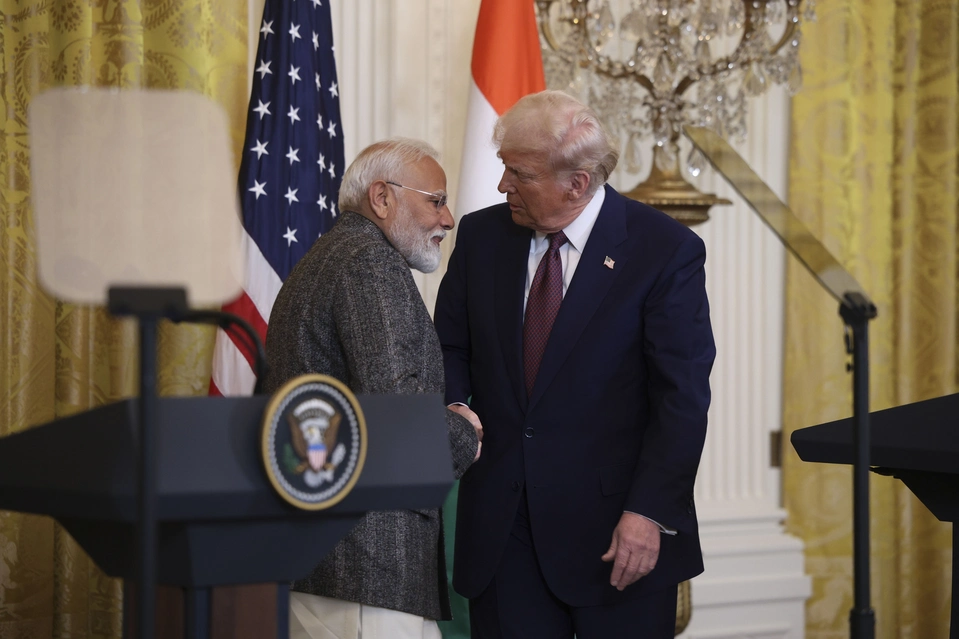The unraveling of a seemingly positive trade dynamic shows the precarious nature of crafting an economic partnership with a mercurial Trump administration.
India appeared on the fast track to a trade deal.
An early White House visit by Prime Minister Narendra Modi led to months of negotiations. By July, the Indians believed they had struck an agreement and that Commerce Secretary Howard Lutnick and U.S. Trade Representative Jamieson Greer were simply waiting on President Donald Trump’s approval.
It never came.
Instead, Indian goods now face a 50 percent tariff after Trump hit the country with a 25 percent levy on its goods and then followed up with an additional 25 percent to dissuade it from buying Russian oil that was set to kick in later this month, a one-two punch on New Delhi and Moscow. The Russian oil purchases — coupled with Trump’s view that India was not lowering its own import tariffs enough — sank the deal.
The unraveling of what had appeared to be a promising trade dynamic between the U.S. and one of the world’s fastest-rising economies illustrates the precarious nature of crafting an economic partnership with a mercurial Trump administration that has freely used high tariff rates to try to bend the world to its will.

